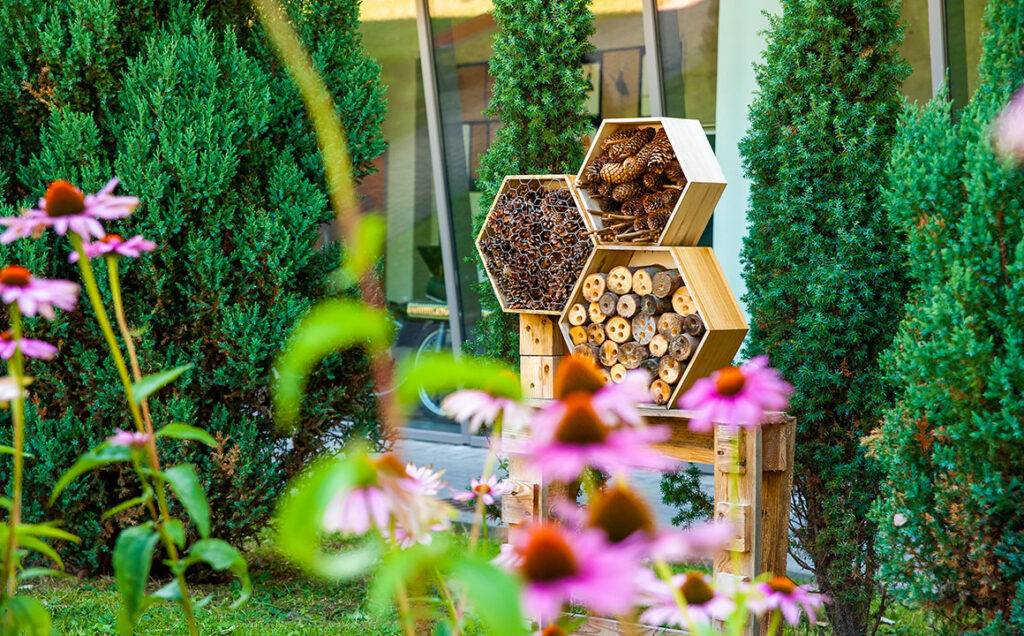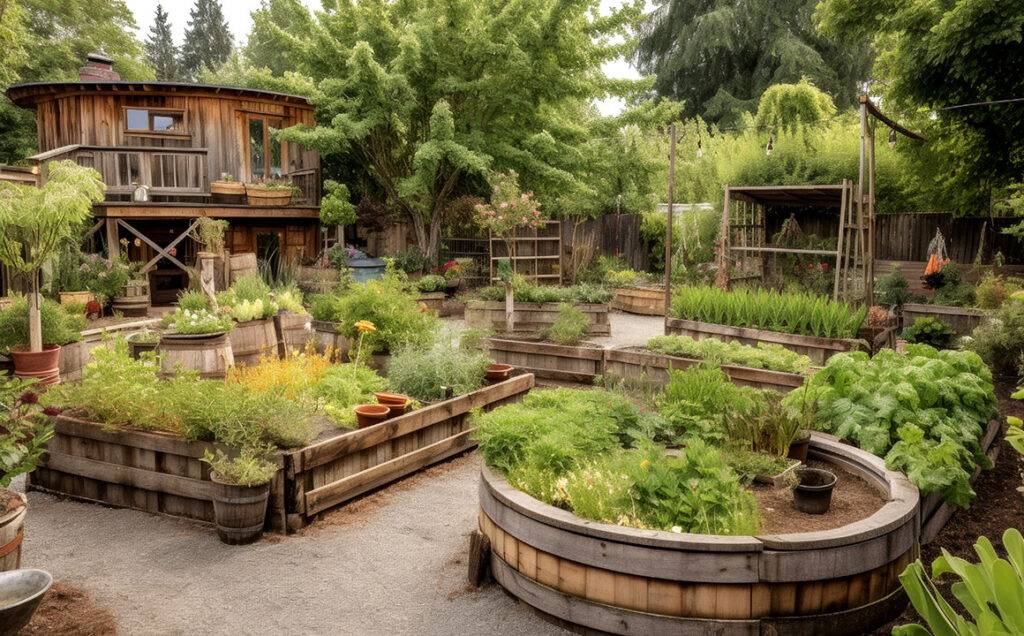Gardening is much more than just caring for plants. It’s a way for us to connect with nature. We learn to appreciate the gift of life and find a deeper understanding for mother earth. If you’re someone who values this approach, then you’ll probably also be interested in a gardening philosophy also famous as premaculture. This fascinating approach unites sustainable farming practices with an intricate understanding of ecosystems, and in the process, offers gardeners a the opportunity to not only beautify their surroundings but also to nurture the environment. Because this concept is still fairly new to most people, we wanted to dedicate this article to permaculture gardening, and explore how it can help you achieve an environmentally-friendly garden.
Understanding Permaculture
Permaculture, a portmanteau of “permanent agriculture,” is a holistic approach to gardening and farming that emulates natural ecosystems. It encourages the harmonious collaboration between humans and nature, rather than attempting to dominate the land. At its core, permaculture represents an ethical and sustainable way of designing and cultivating systems that provide for human needs while regenerating the environment.
Central to permaculture is the art of design. Before planting a single seed, gardeners practicing permaculture diligently observe their surroundings. They analyze the sun’s path, the patterns of wind, and the flow of rainwater across their property. This careful study informs the design of the garden, allowing for a layout that optimally utilizes these natural elements.
Polyculture vs. Monoculture
Traditional gardening often involves monoculture, where a single crop dominates the landscape. Permaculture, in stark contrast, champions polyculture, where diverse plants coexist and thrive together. This mimics the complexity of natural ecosystems and fosters biodiversity. In your permaculture garden, envision a harmonious tapestry of vegetables, herbs, and flowers, each contributing to the resilience and balance of the whole.
Companion planting is a cornerstone of permaculture. It involves strategically placing plants with mutually beneficial relationships close to one another. For example, marigolds planted alongside tomatoes can deter pests, while beans, when interplanted with corn, contribute nitrogen to the soil. These symbiotic combinations enhance the health of your garden and reduce the need for chemical pesticides and fertilizers, making your gardening practices not only eco-friendly but also budget-friendly.
No-Dig Gardening and Rainwater Harvesting
Conventional gardening often includes extensive soil digging and tilling, which can disrupt the natural soil structure and microbial balance. In permaculture, the focus shifts to no-dig gardening, where layers of organic matter, such as compost and mulch, are built on top of the soil. This practice conserves soil structure while creating an environment that encourages the proliferation of beneficial microorganisms.
Water, a precious resource, takes center stage in permaculture. To reduce reliance on municipal water sources, consider installing rain barrels or tanks to capture and store rainwater. This harvested water can then be efficiently used for watering your garden, demonstrating a commitment to responsible water use.
Wildlife-Friendly Spaces

Permaculture embraces the idea of wildlife sharing your garden. It’s something you should strive for, and not something you should fear. By planting native species, you can attract essential pollinators like bees and butterflies, contributing to their well-being and the health of your garden. Moreover, consider designating a wild, untamed corner of your garden where birds can find food and shelter. These simple and attainable tasks will over time create a healthier ecosystem and a more dynamic garden.

